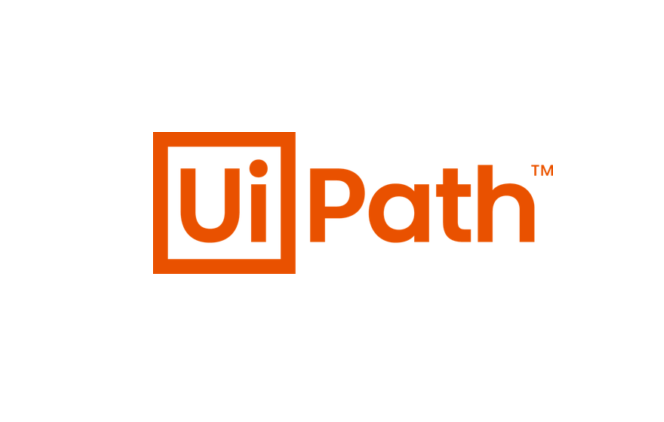Why map your business processes?
Before organisations jump into automating their processes, it is crucial to have a clear understanding of the existing workflows. This is where process mapping comes into play. Process mapping, also known as process documentation, involves visually representing a workflow, identifying its steps, stakeholders, and potential areas for improvement.

Map first, then automate…
In the fast-paced world of business, where staying ahead of the competition is paramount, organisations recognise the need for continuous improvement and optimisation of their processes.
Whether it’s streamlining operations, boosting productivity, or delivering exceptional customer experiences, the key lies in understanding and optimising workflows.
This is where process mapping comes into play as an invaluable tool.
Process mapping, also known as process documentation, involves visually representing a workflow, identifying its steps, stakeholders, and potential areas for improvement. It serves as a crucial step before embarking on process automation initiatives, ensuring a solid foundation for success.
We will delve into the reasons why process mapping is essential and why organisations must prioritise it before diving headfirst into process automation.
ask for helpTop reasons why process mapping should be a priority:
- Provides holistic process insights
- Establish process standardisation and consistency
- Defines clear process scope
- Catalyst for process optimisation
- Encourages collaborative process stakeholder engagement
- Helps identify key performance indicators (KPIs)
- Ensures automation technology alignment
- Facilitates smoother change management
Lets explore the reasons in a bit more details
Provides holistic process insights
Process mapping offers a comprehensive view of existing workflows, enabling organisations to gain a deep understanding of their processes. By visualising the entire journey, stakeholders can identify redundancies, inefficiencies, and areas for improvement.
Establish process standardisation and consistency
Uncovering process variations is critical for successful automation. Process mapping helps identify these variations, empowering organisations to establish standardised and consistent processes across departments, regions, or teams. This lays the groundwork for a seamless automation transition.
Defines clear process scope
Process mapping defines clear boundaries for automation initiatives. By documenting inputs, outputs, and dependencies of each step, organisations can precisely determine which parts of the process are suitable for automation. This prevents ambiguity and ensures alignment between automation goals and process requirements.
Catalyst for process optimisation
Process mapping serves as a catalyst for process improvement. By visually representing workflows, organisations can identify bottlenecks, redundancies, and potential inefficiencies. Addressing these areas of improvement before automation ensures that the automated processes are optimised for maximum efficiency.
Encourages collaborative process stakeholder engagement
Process mapping involves engaging stakeholders from various departments, fostering collaboration and knowledge sharing. By bringing together cross-functional teams to map out processes, organisations can tap into diverse perspectives, gather insights, and foster a culture of collaboration.
Helps identify key performance indicators (KPIs)
Defining performance metrics is crucial for evaluating the success of automation initiatives. Process mapping helps identify key performance indicators (KPIs) for each step, enabling organisations to set baseline measurements, track progress, and measure the impact of automation on productivity, cost savings, and customer satisfaction.
Ensures automation technology alignment
Process mapping provides insights into the technology requirements for automation. It enables organisations to understand where and how technology can be leveraged to optimise processes. With a clear process map in hand, organisations can make informed decisions about the technology solutions needed, such as robotic process automation (RPA) or workflow management software.
Facilitates smoother change management
Change management is vital for successful process automation. Process mapping facilitates this process by providing a visual representation of the current and future automated processes. It helps employees understand their evolving roles, eases their transition, and minimises resistance to change.
Summary
Process mapping is an essential step in the journey towards process automation. By understanding the top reasons to prioritise process mapping, organisations can maximise the benefits of automation while minimising risks and ensuring a smooth transition…

Let’s get started
Why wait to unlock your organisation’s full potential? Let’s help you get started today.
Alternatively give us a call on
+44(0)1908 738 254





























